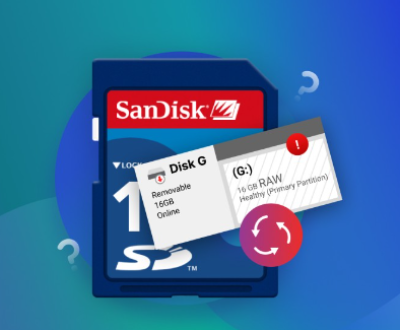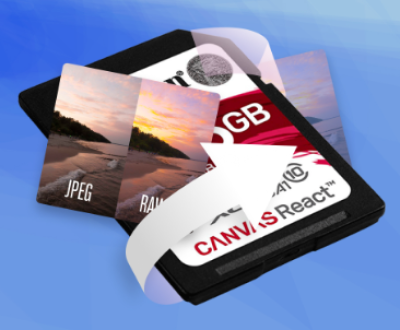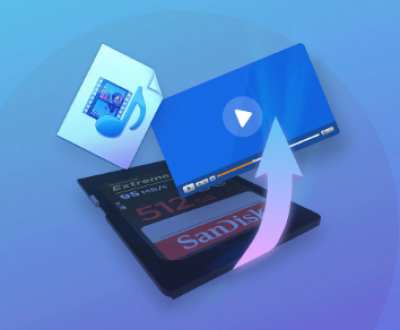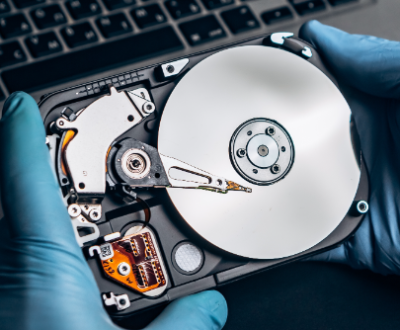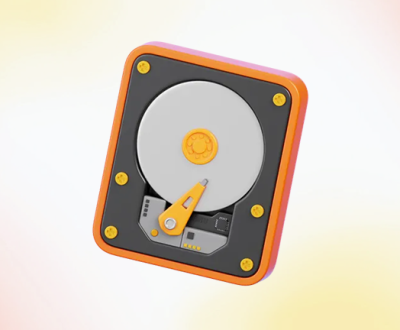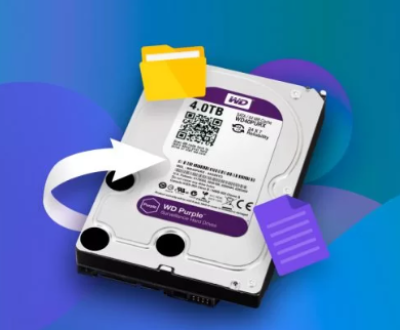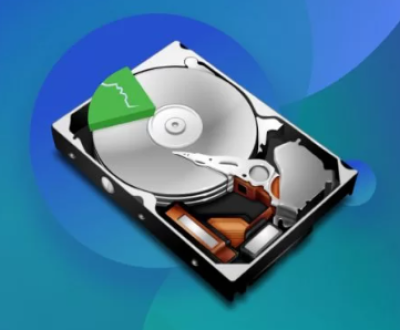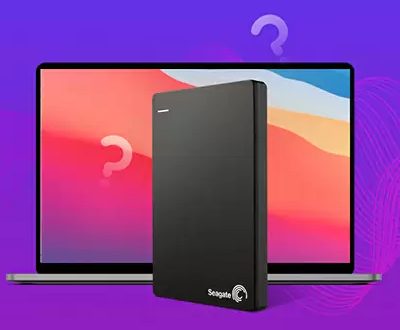These tiny yet powerful storage devices are used by millions of people for everything from school projects to professional presentations. Despite their advantages, USB pen drives are not immune to data loss. Whether due to accidental deletion, corruption, virus attacks, or formatting, the loss of vital data from a pen drive can be both frustrating and distressing.
Imagine working for hours on a document only to have it vanish without a trace. Or losing irreplaceable family photos stored on a pen drive during a system transfer. These situations are all too common and highlight the vulnerability of data stored on USB drives. However, there is a silver lining. Thanks to advancements in data recovery technologies, it is often possible to recover lost files using dedicated USB pen drive recovery software.

Data Loss on USB Pen Drives
Common Causes of Data Loss
USB pen drives are subject to several forms of data loss, including:
Accidental deletion: Users may delete files unintentionally or permanently remove them without backing up.
Formatting errors: Formatting a pen drive erases all stored data. This often occurs during troubleshooting or reuse.
Corruption: Sudden removal from a USB port, improper ejection, or power surges can corrupt the file system.
Virus or malware attacks: Infected computers can transmit harmful software that damages or hides data.
Physical damage: Drops, exposure to moisture, or extreme temperatures may damage the USB components.
File system errors: Improper partitioning or unsupported file systems can make a pen drive unreadable.
Can Data Really Be Recovered?
The good news is that deleted or lost data often remains on the drive until it is overwritten. Data recovery software works by scanning the drive for these remnants and reconstructing the files, even if they no longer appear in the drive’s directory.
Features of Effective USB Pen Drive Recovery Software
An effective USB recovery program includes several key features that enhance its ability to restore lost data:
1. Deep and Quick Scan Modes
Quick scans identify recently deleted files, while deep scans comb the drive for buried or corrupted data structures.
2. Support for Multiple File Types
A good tool should be able to recover documents, images, videos, audio, compressed files, and application data.
3. Preview Before Recovery
This allows users to see what files can be recovered, avoiding unnecessary file restoration or purchase.
4. Formatted Drive Recovery
The ability to restore data from drives that have been mistakenly formatted or reformatted.
5. Support for Various File Systems
This includes FAT16. FAT32. exFAT, and NTFS—common on most pen drives.
6. User-Friendly Interface
Even non-technical users should be able to navigate the software and recover their files with minimal guidance.
Step-by-Step Guide to Using USB Recovery Software
Step 1: Stop Using the Pen Drive
Immediately stop using the pen drive once data is lost to prevent overwriting. Do not save new files, run updates, or use the drive for other tasks.
Step 2: Choose the Right Software
Panda Assistant
Panda Assistant is a versatile and user-friendly data recovery tool designed to help users retrieve lost, deleted, or inaccessible files from a wide range of storage devices. Whether you’ve accidentally deleted important documents, formatted a USB pen drive, or experienced data loss due to a corrupted hard disk, Panda Assistant offers a reliable solution for restoring your valuable files quickly and efficiently.
One of the standout features of Panda Assistant is its intuitive interface, which allows both novice and advanced users to navigate the recovery process with ease. The software supports recovery from various devices, including USB flash drives, memory cards, external hard drives, SSDs, and even damaged or formatted partitions. It works seamlessly with major file systems such as FAT32, NTFS, and exFAT, making it highly adaptable across different storage formats.
Step 3: Install the Software
Install the recovery tool on a different drive (not the affected USB) to avoid overwriting lost data. Plug the pen drive into your computer.
Step 4: Select the USB Drive
Launch the software. From the interface, select your USB pen drive from the list of storage devices.
Step 5: Begin the Scan
Choose between a quick scan or a deep scan. A quick scan works faster but may not detect deeply buried files. A deep scan is more thorough and ideal for formatted or corrupted drives.
Step 6: Review the Results
After the scan, the software will display recoverable files. Use filters or search tools to locate specific documents, photos, or folders.
Step 7: Preview and Select Files
Most tools offer a preview feature—click on the files to see their contents. This helps you identify the exact data you want to recover.
Step 8: Recover and Save
Select the files and click on the “Recover” button. Choose a different location (not the same USB drive) to save the files. This prevents data overwriting.
Comparing Popular USB Recovery Tools
Panda Recovery Assistant
Simple UI, ideal for quick retrieval.
Supports documents, photos, and media.
Affordable and efficient for casual users.
Best Practices for USB Data Recovery
Avoid saving new files: This preserves the chance of full recovery.
Use deep scans when quick scans fail: Especially important for formatted or corrupted drives.
Do not format the USB further: Formatting repeatedly may cause permanent loss.
Create a disk image: If the drive is failing, clone it to another drive and scan the image.
Test multiple tools if needed: One tool may miss files that another can detect.
Limitations and Risks
While USB recovery software is powerful, it’s not infallible. Certain factors can reduce recovery success:
Overwritten data: Once new data is written over lost files, recovery becomes nearly impossible.
Severe corruption: If the drive’s file system is too damaged, even deep scans may fail.
Physical damage: Cracked circuits, burnt chips, or damaged connectors require hardware-level repair.
Unreliable freeware: Not all free tools are safe; some may contain malware or deliver poor results.
Tips to Prevent USB Data Loss
1. Always Eject Properly
Use the “Safely Remove Hardware” feature to avoid corrupting the file system.
2. Avoid Unreliable Devices
Cheap USB drives may fail more quickly. Invest in high-quality storage brands.
3. Backup Regularly
Always keep at least one backup of critical files on another device or cloud service.
4. Use Antivirus Protection
Scan all USB drives when inserted into a system to prevent malware infections.
5. Label Important Drives
Avoid accidental formatting or deletion by clearly labeling drives with essential data.
When to Contact a Professional
If your USB pen drive:
Is physically damaged (e.g., not recognized, broken connector)
Produces error messages when accessed
Has suffered water or heat exposure
Contains mission-critical business or legal documents
…it may be time to consult a professional data recovery service. They can offer cleanroom solutions, chip-level diagnostics, and more robust recovery options than software.
About us and this blog
Panda Assistant is built on the latest data recovery algorithms, ensuring that no file is too damaged, too lost, or too corrupted to be recovered.
Request a free quote
We believe that data recovery shouldn’t be a daunting task. That’s why we’ve designed Panda Assistant to be as easy to use as it is powerful. With a few clicks, you can initiate a scan, preview recoverable files, and restore your data all within a matter of minutes.
Subscribe to our newsletter!
More from our blog
See all postsRecent Posts
- How to recover deleted files in sd memory card 2025-07-15
- How to recover lost photos from sd card 2025-07-15
- How do you recover deleted files from sd card 2025-07-15

 Try lt Free
Try lt Free Recovery success rate of up to
Recovery success rate of up to

